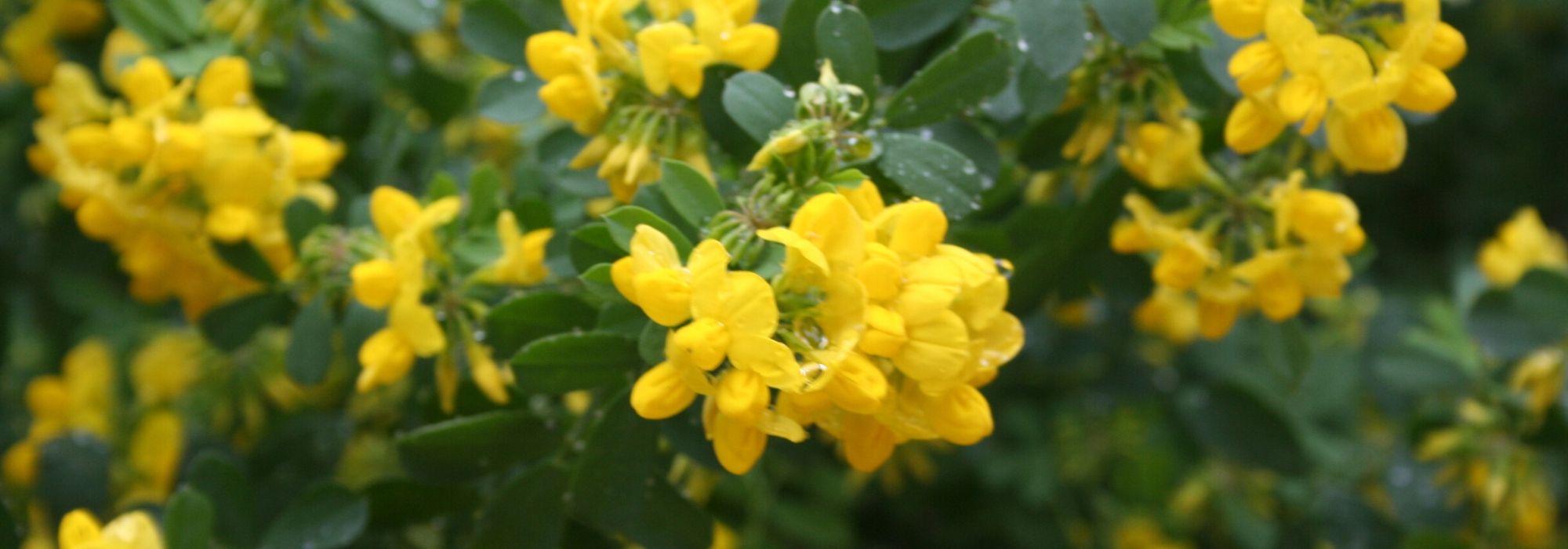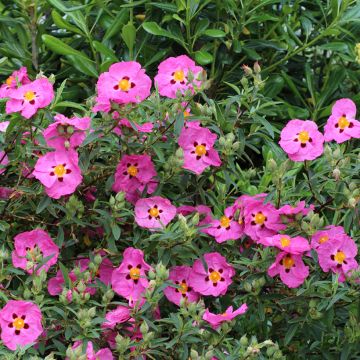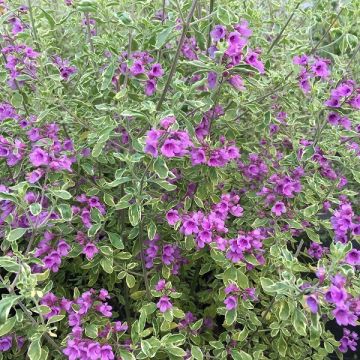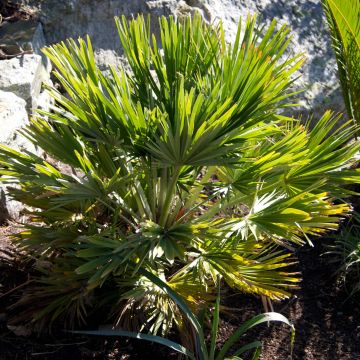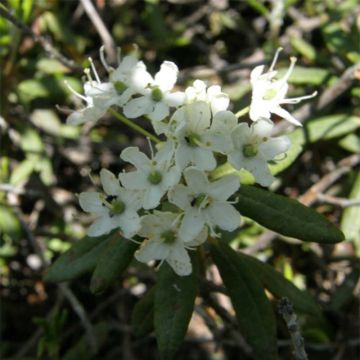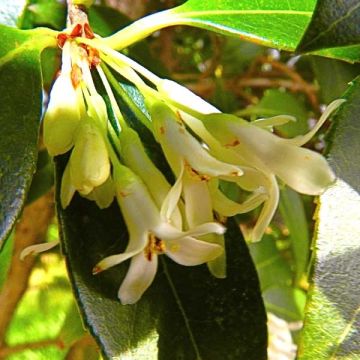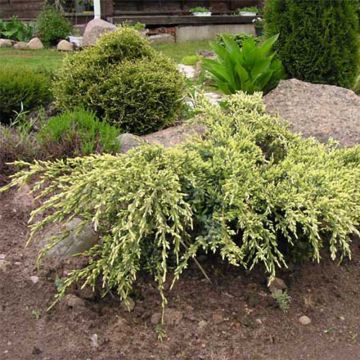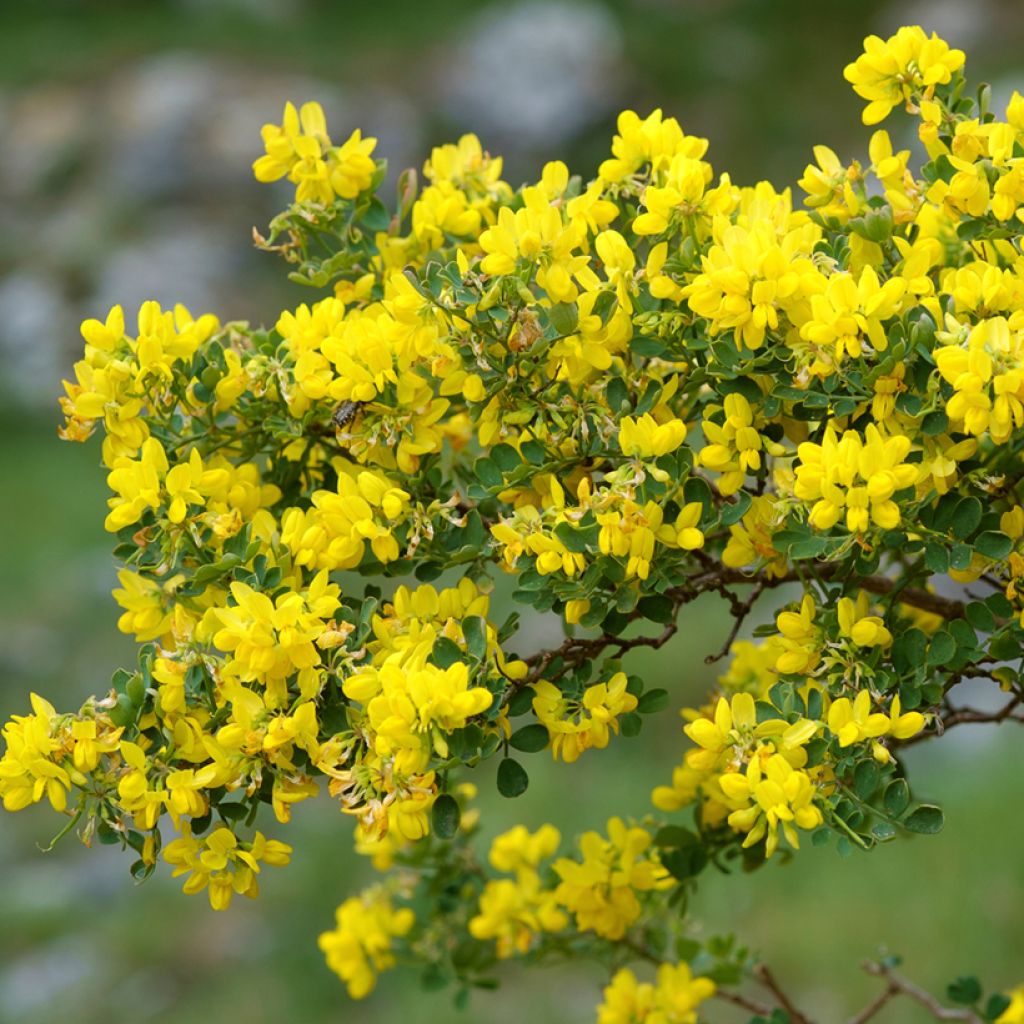

Coronilla valentina subsp. glauca
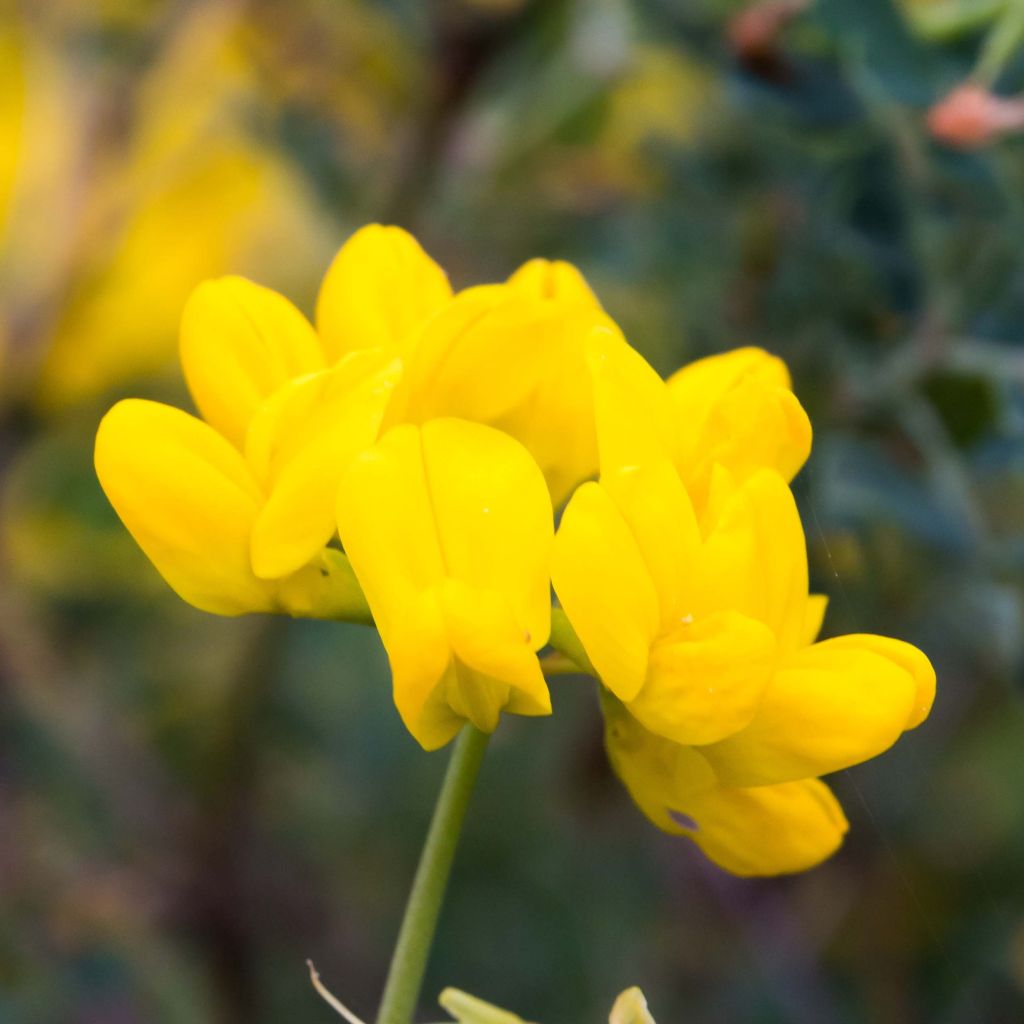

Coronilla valentina subsp. glauca
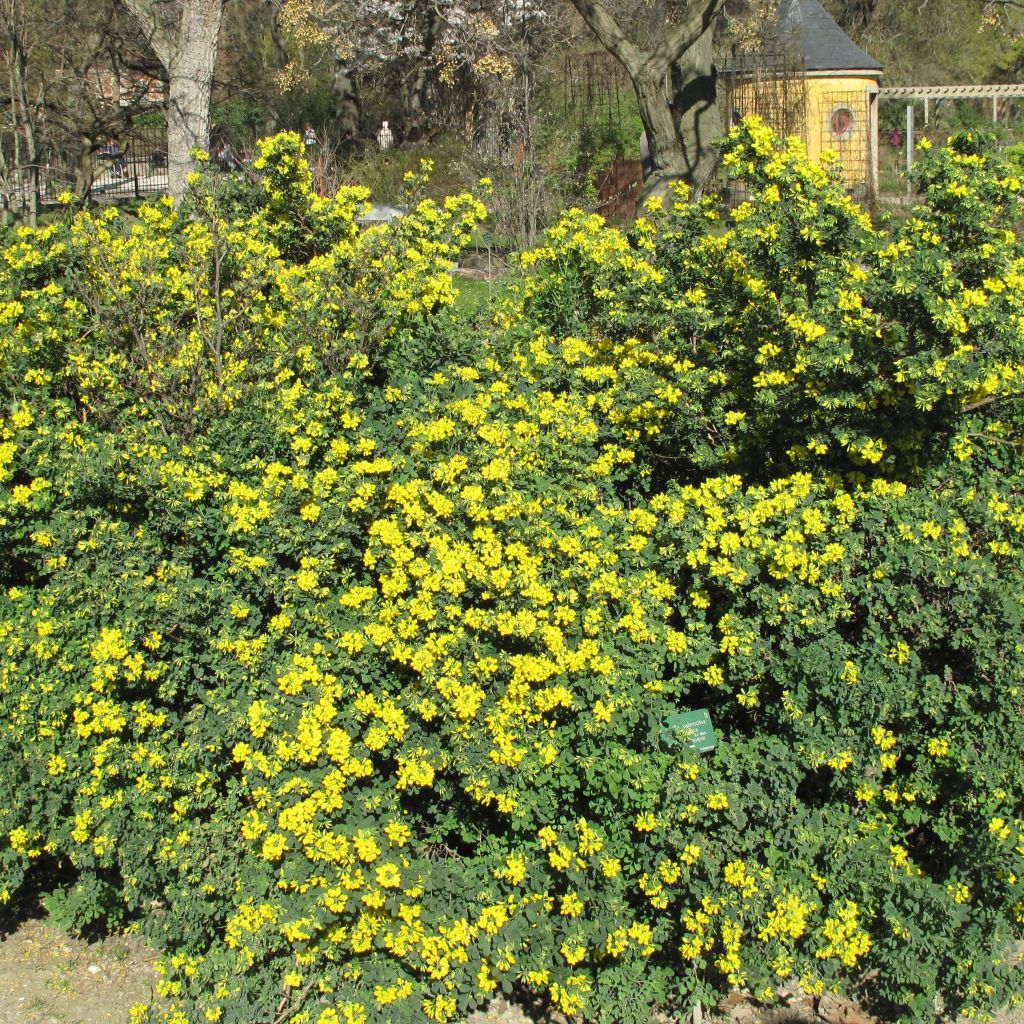

Coronilla valentina subsp. glauca
Coronilla valentina subsp. glauca
Coronilla valentina subsp. glauca
Scorpion vetch
Absolutely splendid. Both young plants have recovered well and are well-furnished. For the moment, only one has truly bloomed.
Mireille, 20/03/2023
Special offer!
Receive a €20 voucher for any order over €90 (excluding delivery costs, credit notes, and plastic-free options)!
1- Add your favorite plants to your cart.
2- Once you have reached €90, confirm your order (you can even choose the delivery date!).
3- As soon as your order is shipped, you will receive an email containing your voucher code, valid for 3 months (90 days).
Your voucher is unique and can only be used once, for any order with a minimum value of €20, excluding delivery costs.
Can be combined with other current offers, non-divisible and non-refundable.
Home or relay delivery (depending on size and destination)
Schedule delivery date,
and select date in basket
This plant carries a 24 months recovery warranty
More information
We guarantee the quality of our plants for a full growing cycle, and will replace at our expense any plant that fails to recover under normal climatic and planting conditions.

Would this plant suit my garden?
Set up your Plantfit profile →
Description
Coronilla valentina Glauca, also known as the Glaucous Coronilla, is a small Mediterranean shrub, perfectly adapted to dry and hot climates, low-maintenance and undemanding. Its evergreen foliage is a beautiful green-blue colour, but it is mainly for its abundant spring flowering, nectar-rich and highly fragrant, that it is invited into the garden. Hardy down to -12°C (10.4 °F), it forms a lovely, dense ball with a natural yet neat appearance, covered in bright yellow pea flowers. This plant will make a sensation in a large pot on the terrace, to be protected in very cold regions, and will be perfectly suited to a dry garden in a milder climate.
Coronilla valentina subsp. glauca is a shrub of the fabaceae family, a cousin of perennial peas, perfectly adapted to poor, dry, and chalky soils. It is native to the Mediterranean basin, found in the wild in the south of France, as well as in Spain, Portugal, Italy, Sicily, Greece, Algeria, and Morocco. In nature, it grows on the edge of woods and on limestone slopes. It is a bushy shrub, dense and rounded, reaching about 1m (3 ft 4 in) in height and 75cm (29.5 in) in width, sometimes more, with fairly rapid growth but a relatively short lifespan of about 10 to 12 years. Flowering takes place in April-May. The Bright yellow, and nectar-rich, flowers are tightly packed together in circular inflorescences at the ends of the branches. Their sweet and floral scent perfumes a whole area of the garden. The evergreen foliage is composed of leaflets divided into 2-3 pairs, of a green-blue colour.
This attractive shrub can be used in flowerbeds or rockeries, in a yellow, blue, and white flowerbed for example, in the company of blue rosemary, creeping ceanothus, caryopteris, perovskia, convolvulus cneorum, scilla peruviana, or grape hyacinths, but also on the edge of a clear woodland with Phlomis samia, periwinkles, Acanthus, and Geranium macrorrhizum. It is perfectly adapted to drought and resistant to salt spray. It will excel in a rocky or sandy garden, where few plants are willing to grow. Create an evergreen flowerbed to accompany your coronilla, by mixing the foliage and scents of lavender, silver wormwood, blue rosemary, and thyme. Add Californian poppies, a trailing rose (Rosa Grouse), and dryland euphorbias with a compact conifer for some dynamism in your composition. You can plant it directly in the ground (with proper drainage) in many regions, however, for colder climates, growing it in large pots is perfectly possible; in which case, pay close attention to drainage and water abundantly but sparingly, allowing the substrate to dry out between waterings.
Coronilla valentina subsp. glauca in pictures




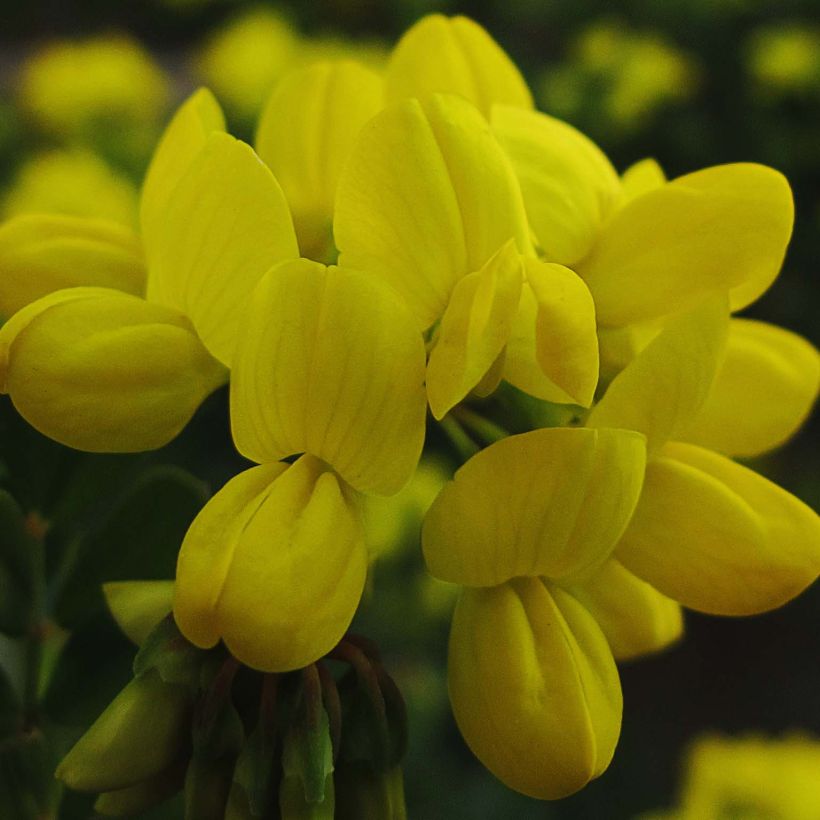

Plant habit
Flowering
Foliage
Botanical data
Coronilla
valentina subsp. glauca
Fabaceae
Scorpion vetch
Mediterranean
Planting and care
Coronilla valentina glauca prefers a perfectly drained, rocky or sandy, poor, slightly acidic, neutral or even very chalky soil. Plant it after the last frost in the north and in September-October in hot and dry climates. It thrives equally well in full sun, light shade, or even more pronounced shade in hot regions and tolerates the competition from the roots of mature trees fairly well. In these conditions, it is hardy down to -12°C/-15°C (5 °F) and will live an average of 7 years. Mulch it in winter in colder regions, and protect it from the cold as much as possible. Plant it in a warm spot in the garden, in full sun or against a south-facing wall, in a rocky or sandy slope or any substrate that does not retain moisture, which would be fatal to it in winter. You can prune the stems after flowering to encourage the plant to branch out, but avoid severe pruning. This short-lived plant is easy to propagate by taking cuttings in late winter and softwood cuttings just before they start to flower.
Planting period
Intended location
Care
Planting & care advice
-
, onOrder confirmed
Reply from on Promesse de fleurs
Similar products
Haven't found what you were looking for?
Hardiness is the lowest winter temperature a plant can endure without suffering serious damage or even dying. However, hardiness is affected by location (a sheltered area, such as a patio), protection (winter cover) and soil type (hardiness is improved by well-drained soil).

Photo Sharing Terms & Conditions
In order to encourage gardeners to interact and share their experiences, Promesse de fleurs offers various media enabling content to be uploaded onto its Site - in particular via the ‘Photo sharing’ module.
The User agrees to refrain from:
- Posting any content that is illegal, prejudicial, insulting, racist, inciteful to hatred, revisionist, contrary to public decency, that infringes on privacy or on the privacy rights of third parties, in particular the publicity rights of persons and goods, intellectual property rights, or the right to privacy.
- Submitting content on behalf of a third party;
- Impersonate the identity of a third party and/or publish any personal information about a third party;
In general, the User undertakes to refrain from any unethical behaviour.
All Content (in particular text, comments, files, images, photos, videos, creative works, etc.), which may be subject to property or intellectual property rights, image or other private rights, shall remain the property of the User, subject to the limited rights granted by the terms of the licence granted by Promesse de fleurs as stated below. Users are at liberty to publish or not to publish such Content on the Site, notably via the ‘Photo Sharing’ facility, and accept that this Content shall be made public and freely accessible, notably on the Internet.
Users further acknowledge, undertake to have ,and guarantee that they hold all necessary rights and permissions to publish such material on the Site, in particular with regard to the legislation in force pertaining to any privacy, property, intellectual property, image, or contractual rights, or rights of any other nature. By publishing such Content on the Site, Users acknowledge accepting full liability as publishers of the Content within the meaning of the law, and grant Promesse de fleurs, free of charge, an inclusive, worldwide licence for the said Content for the entire duration of its publication, including all reproduction, representation, up/downloading, displaying, performing, transmission, and storage rights.
Users also grant permission for their name to be linked to the Content and accept that this link may not always be made available.
By engaging in posting material, Users consent to their Content becoming automatically accessible on the Internet, in particular on other sites and/or blogs and/or web pages of the Promesse de fleurs site, including in particular social pages and the Promesse de fleurs catalogue.
Users may secure the removal of entrusted content free of charge by issuing a simple request via our contact form.
The flowering period indicated on our website applies to countries and regions located in USDA zone 8 (France, the United Kingdom, Ireland, the Netherlands, etc.)
It will vary according to where you live:
- In zones 9 to 10 (Italy, Spain, Greece, etc.), flowering will occur about 2 to 4 weeks earlier.
- In zones 6 to 7 (Germany, Poland, Slovenia, and lower mountainous regions), flowering will be delayed by 2 to 3 weeks.
- In zone 5 (Central Europe, Scandinavia), blooming will be delayed by 3 to 5 weeks.
In temperate climates, pruning of spring-flowering shrubs (forsythia, spireas, etc.) should be done just after flowering.
Pruning of summer-flowering shrubs (Indian Lilac, Perovskia, etc.) can be done in winter or spring.
In cold regions as well as with frost-sensitive plants, avoid pruning too early when severe frosts may still occur.
The planting period indicated on our website applies to countries and regions located in USDA zone 8 (France, United Kingdom, Ireland, Netherlands).
It will vary according to where you live:
- In Mediterranean zones (Marseille, Madrid, Milan, etc.), autumn and winter are the best planting periods.
- In continental zones (Strasbourg, Munich, Vienna, etc.), delay planting by 2 to 3 weeks in spring and bring it forward by 2 to 4 weeks in autumn.
- In mountainous regions (the Alps, Pyrenees, Carpathians, etc.), it is best to plant in late spring (May-June) or late summer (August-September).
The harvesting period indicated on our website applies to countries and regions in USDA zone 8 (France, England, Ireland, the Netherlands).
In colder areas (Scandinavia, Poland, Austria...) fruit and vegetable harvests are likely to be delayed by 3-4 weeks.
In warmer areas (Italy, Spain, Greece, etc.), harvesting will probably take place earlier, depending on weather conditions.
The sowing periods indicated on our website apply to countries and regions within USDA Zone 8 (France, UK, Ireland, Netherlands).
In colder areas (Scandinavia, Poland, Austria...), delay any outdoor sowing by 3-4 weeks, or sow under glass.
In warmer climes (Italy, Spain, Greece, etc.), bring outdoor sowing forward by a few weeks.






























